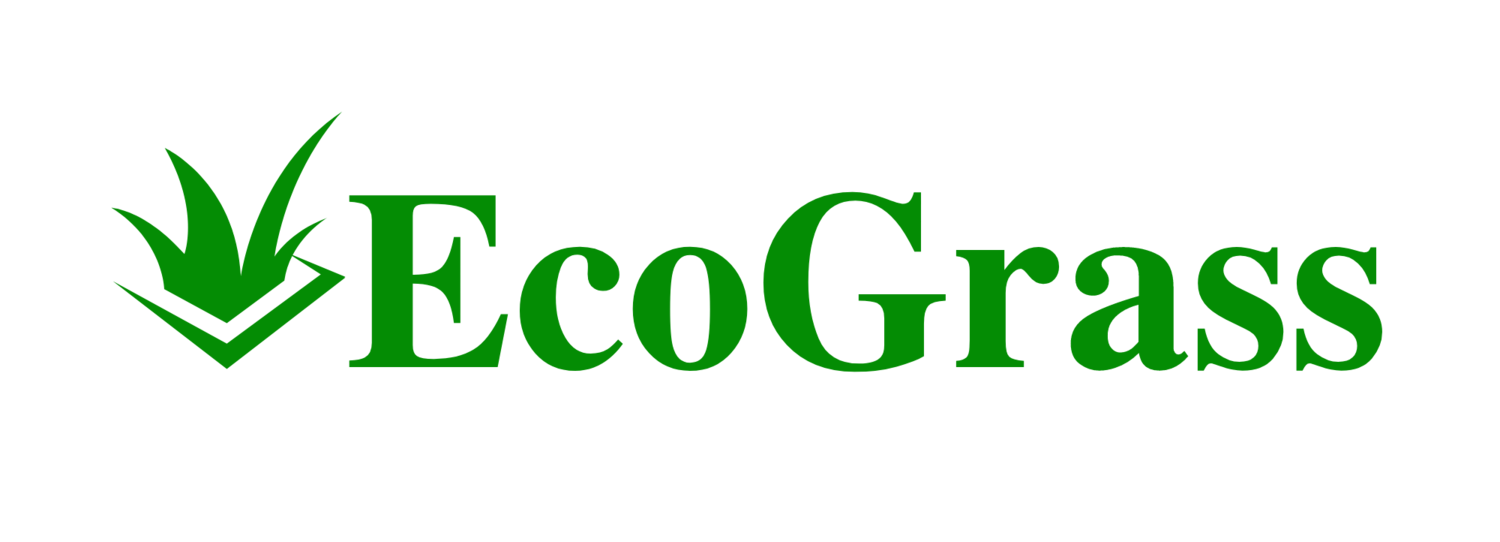Artificial turf has become increasingly popular for various sports fields and residential lawns, largely due to its low maintenance and year-round green appearance. Rubber pellets, often made from recycled tires, play a crucial role in maintaining the structure and performance of synthetic turf. These pellets ensure that the synthetic fiber blades stay upright by providing necessary support and bounce-back after being pressed down.
You might notice how well-maintained artificial turf keeps its lush, green aesthetic even after heavy use. This is because the rubber infill keeps the blades from lying flat, offering a consistent look and feel that closely mimics natural grass. Furthermore, rubber pellets help provide a cushioning effect, which can reduce the risk of injuries during athletic activities and offer better shock absorption.
Additionally, the varied sizes of rubber pellets—ranging from one-sixteenth to one-quarter of an inch—allow for proper selection based on specific field requirements, enhancing the durability and functionality of the turf. Crumb rubber is the most common type used, selected for its balance between cost-effectiveness and performance.
Fundamentals of Turf Rubber Pellets
Rubber pellets, also known as crumb rubber, play an essential role in synthetic turf systems by enhancing functionality, durability, and safety. Key aspects include their composition, benefits, and potential health and environmental implications.
Composition and Types
Rubber pellets are primarily made from recycled tires, which are ground down into granular form. This process ensures that they are cost-effective and readily available.
The most common type is SBR crumb rubber. Silica sand, coated sand, and Nike Grind—made from recycled athletic shoes—are also used as infill products. Each type varies in cushioning and durability.
Some rubber pellets might also incorporate polypropylene and nylon synthetic fibers to enhance turf performance. The selection of infill products depends on the specific needs of the turf application.
Purpose and Benefits
Rubber pellets have several important functions in artificial turf. One of the primary purposes is to provide cushioning, which contributes to the comfort and safety of the surface.
Rubber pellets also help maintain the synthetic fibers in an upright position, which improves the turf’s visual appearance and playability. They offer shock absorption and traction, reducing the risk of injuries during high-impact activities.
Additionally, these pellets enhance the overall durability and longevity of the turf by stabilizing the base material and distributing weight evenly across the surface.
Health and Environmental Implications
The use of rubber pellets raises health and environmental concerns, particularly due to potential chemical exposure. There are concerns about substances like lead and carcinogens in crumb rubber, which could pose health risks.
Organizations such as the Center for Environmental Health have evaluated the possible non-toxic nature of these infill products. It is crucial to select infill materials that comply with safety standards to minimize potential risks.
Efforts to improve sustainability in the manufacturing process include using alternative eco-friendly materials and ensuring proper maintenance to avoid environmental contamination.
Applications and Considerations
Rubber pellets in artificial turf play a crucial role in enhancing performance, safety, and overall user experience. These infill materials are widely used across various applications, considering factors like design choices and ongoing maintenance.
Sporting and Recreational Use
Rubber pellets are extensively used in sports fields such as football, soccer, and baseball fields. They provide necessary cushioning, reducing the impact on athletes' joints and minimizing injury risks. Recreational areas such as playgrounds and parks also benefit from these infills, offering a safer playing surface for children and pets. Even indoor facilities and putting greens utilize rubber pellets to maintain stable and consistent surfaces for various activities.
Design and Construction Elements
When designing synthetic turf fields, the choice of infill is critical. Rubber pellets, often made from recycled tires, are a popular option due to their cost-effectiveness and cushioning properties. They help the synthetic turf fibers stand upright, ensuring the turf maintains its appearance and functionality. These infills can be combined with materials like sand ballast and foam backing to enhance stability and shock absorption. Effective drainage systems are also crucial to prevent waterlogging and ensure the longevity of the turf.
Maintenance and Safety Features
Maintaining synthetic turf with rubber pellets involves specific practices to ensure durability and safety. Regular brushing and occasional re-fills are essential to keep the infill evenly distributed and the fibers upright. Monitoring surface temperatures, especially in hot weather, is vital to prevent heat stress for users. Innovative cooling solutions like T°Cool can help reduce surface heat. Proper maintenance also mitigates risks like infections and injuries, ensuring the turf remains a safe playing environment. Regular inspections and cleaning are necessary to maintain a hygienic surface, especially in areas frequented by children and pets.

